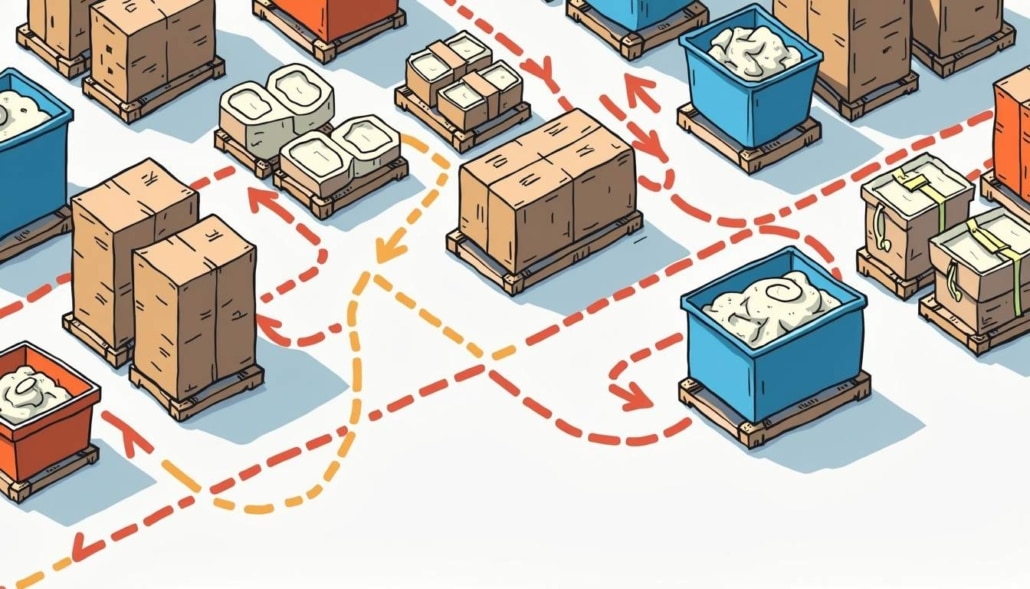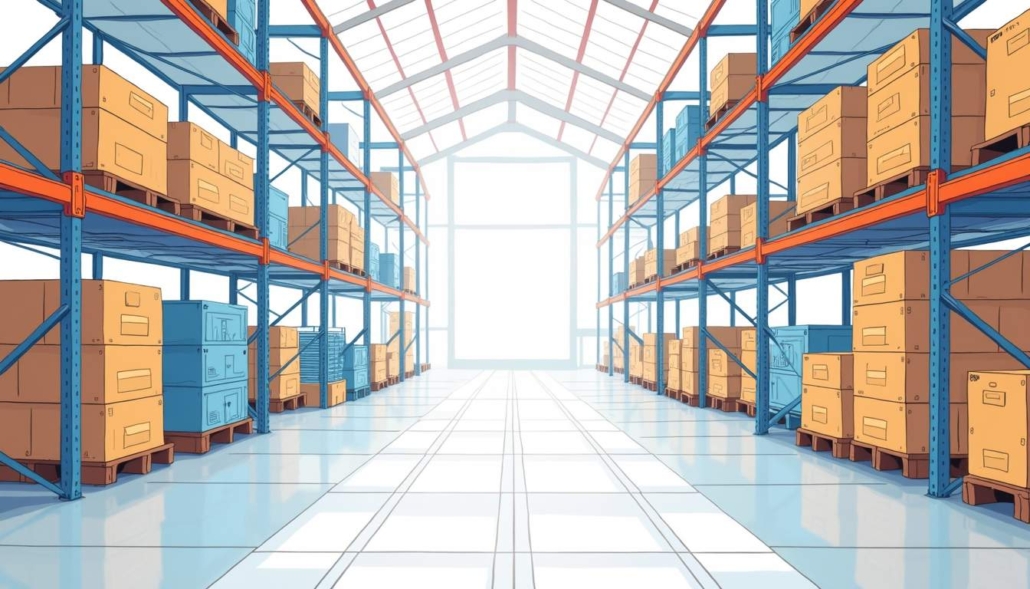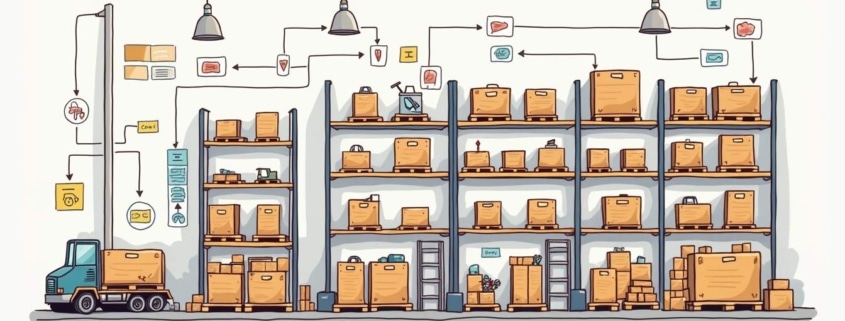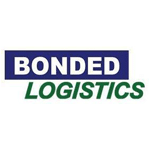Optimizing Warehouse Efficiency with Effective Bin Location Labels
In today’s fast-paced supply chain industry, the ability to manage warehouse operations efficiently is paramount. One of the key components that contribute to enhanced efficiency is the use of effective bin location labels. These labels not only improve inventory management but also streamline operations, reduce labor costs, and minimize errors. In this article, we delve into the importance of bin location labels, their implementation, and the future trends in warehouse labeling.
Understanding the Importance of Bin Location Labels in Warehouses
Bin location labels serve as a vital element in organizing and managing warehouse inventory. They provide clear, precise information about where items are stored, helping warehouse staff find and retrieve products quickly.
By having a well-structured labeling system, warehouses can significantly reduce the time spent searching for items. This is especially crucial in larger facilities where the risk of misplacement is higher. Moreover, the use of bin location labels contributes to a more streamlined pick-and-pack process, enhancing the overall flow of inventory through the warehouse. In addition, the implementation of a consistent labeling system can also foster better communication among team members, as everyone will be on the same page regarding where to find specific items.
When warehouse staff are trained to understand the labeling system, they can work more collaboratively, sharing knowledge about the layout and organization of the warehouse. This teamwork not only improves efficiency but also boosts morale, as employees feel more empowered and capable in their roles.
The Role of Bin Location Labels in Warehouse Management
Bin location labels play a fundamental role in effective warehouse management. They support various tasks, from receiving and storing inventory to picking, packing, and shipping products. Labels typically include specific codes, barcodes, or QR codes that can be scanned for instant access to information.
For instance, when receiving new shipments, warehouse staff can quickly verify and categorize items by referencing bin location labels. This automation reduces manual input errors and accelerates the entire receiving process, thereby improving accuracy and efficiency. Additionally, the integration of technology such as RFID (Radio Frequency Identification) with bin location labels can further enhance inventory management by allowing for real-time tracking of items throughout the warehouse.
As a result, warehouse managers can gain valuable insights into inventory levels and turnover rates, enabling them to make informed decisions regarding stock replenishment and order fulfillment. This data-driven approach not only optimizes warehouse operations but also enhances customer satisfaction by ensuring that products are readily available when needed.
How Bin Location Labels Contribute to Efficiency
Efficiency in warehousing is all about speed and accuracy. Bin location labels directly contribute to these aspects by enabling quicker retrieval of products. When staff are familiar with the labeling system, they can navigate the aisles swiftly, minimizing downtime and enhancing productivity.
Furthermore, clear and organized labeling reduces the likelihood of misplaced inventory, which can lead to costly delays and operational hiccups. When everything is systematically labeled and logged, inventory tracking becomes easier, ultimately resulting in better stock management. The strategic placement of labels can also play a significant role in optimizing warehouse layout, as it allows for the identification of high-demand items that may need to be stored closer to packing stations or shipping areas.
Moreover, regular audits of bin location labels can help maintain organization and ensure that the system remains effective over time. By routinely checking for accuracy and making adjustments as necessary, warehouses can uphold a high standard of operational efficiency and adapt to changing inventory needs. This proactive approach not only saves time but also reduces the risk of errors, ensuring that the warehouse operates smoothly and efficiently at all times.
Key Elements of Effective Bin Location Labels
Creating effective bin location labels is not merely about aesthetics but involves several critical components that ensure clarity and functionality. Understanding these elements is essential for enhancing warehouse efficiency.

Designing Bin Location Labels for Optimal Visibility
For bin location labels to be effective, they must be designed with visibility in mind. This means using large fonts, contrasting colors, and durable materials that stand out against the shelving or bin environment.
In many warehouses, poor visibility can hinder operations, leading to inefficient stocking and picking processes. Ensuring that labels are easily readable from a distance can drastically improve worker efficiency, as items can be located without unnecessary back-and-forth trips. Additionally, incorporating reflective materials or backlighting can further enhance visibility in low-light conditions, making it easier for workers to navigate the space, especially during night shifts or in dimly lit areas.
Information to Include on Bin Location Labels
Every bin location label should contain specific information for optimal function. Essential elements typically include:
- Unique bin identifier (alphanumeric code)
- Product name or description
- Quantity or capacity
- Barcode or QR code for scanning
- Storage location (aisle and shelf number)
Including all relevant details on the label will enable quick identification of products and promote accuracy in inventory management. This approach reduces searching time and ensures that the correct items are picked for orders. Furthermore, adding color-coded systems can help categorize products by type or urgency, allowing workers to prioritize tasks effectively. For instance, red labels might indicate high-demand items, while green could signify seasonal stock. Such visual cues not only streamline the picking process but also enhance overall warehouse organization.
Implementing Bin Location Labels in Your Warehouse
Implementing bin location labels in a warehouse is a systematic process that, when done correctly, can lead to immediate operational improvements. This practice not only enhances inventory management but also streamlines the picking process, reducing the time spent searching for items and ultimately increasing overall productivity.

Steps to Introduce Bin Location Labels
To begin the implementation of bin location labels, the following steps should be considered:
- Assess current warehouse layout and inventory.
- Determine the best labeling system to suit your layout.
- Create a list of all items that will require labeling.
- Design and produce bin location labels that align with your strategy.
- Educate staff on the new labeling system and its benefits.
- Implement the labeling system gradually and allow for adjustments.
By following these steps, staff will adapt more easily, and the organization of the warehouse will improve significantly. It is also beneficial to consider the use of color coding or symbols on the labels to further enhance visibility and comprehension. This can aid in quickly identifying categories of items, which is particularly useful in larger warehouses where the variety of products can be overwhelming.
Overcoming Common Challenges in Label Implementation
Introducing a new labeling system can present various challenges. Common issues include resistance from staff, inconsistency in labeling, and difficulties in maintaining the system. To overcome these challenges, communication is key.
Engage with employees to explain the reasons for the changes and how they will benefit from improved efficiency. Regular training and updates can ensure everyone is onboard and understands their roles in maintaining the new system. Additionally, consider establishing a feedback loop where employees can voice their concerns or suggestions regarding the labeling process. This not only fosters a sense of ownership among the staff but also allows for continuous improvement of the labeling system, ensuring it evolves alongside the warehouse’s operational needs.
Moreover, leveraging technology can play a significant role in the successful implementation of bin location labels. Utilizing barcode scanning or RFID technology can enhance accuracy in inventory management and help in tracking the movement of goods more effectively. By integrating these technologies, warehouses can minimize human error and streamline the process of locating items, making the entire operation more efficient. As the implementation progresses, it is crucial to monitor the effectiveness of the labeling system and make necessary adjustments based on real-time data and employee feedback.
Measuring the Impact of Bin Location Labels on Efficiency
Once bin location labels are in place, it is vital to measure their impact on warehouse efficiency. This can be done through various metrics that help gauge performance improvements.
Key Performance Indicators for Warehouse Efficiency
To evaluate the effectiveness of bin location labels, warehouses can track several important key performance indicators (KPIs) such as:
- Order pick accuracy
- Time taken to locate items
- Inventory turnover rates
- Labor costs associated with picking
- Employee feedback on the new system
Monitoring these KPIs will provide insights into whether the new labeling system is achieving the desired results and highlight areas for further improvement.
Evaluating the Effectiveness of Your Bin Location Labels
Evaluation is an ongoing process. Regular review of the bin location labels is essential to ensure they remain effective. This includes checking the condition of labels, their clarity, and ensuring they still align with any changes in warehouse layout or inventory.
Periodic audits can also help identify areas where training might be necessary or if updates to the labeling system are required. Maintaining a flexible approach to bin location labels will keep the warehouse efficient and organized.
Future Trends in Warehouse Labeling and Efficiency
As technology continues to evolve, warehouses must adapt to new trends that can further enhance efficiency and organization. Understanding these trends can help warehouses stay ahead of the curve.

Technological Innovations in Bin Location Labeling
Emerging technologies, such as RFID (Radio-Frequency Identification) and smart labels, are making waves in the warehousing sector. Unlike traditional barcodes, RFID technology allows for bulk item scans and real-time data tracking.
These innovations not only speed up the inventory management process but also provide a level of accuracy that was previously difficult to achieve. Incorporating such technologies into bin location labeling can revolutionize how warehouses operate.
The Future of Warehouse Efficiency and Organization
The future of warehouse efficiency lies in a combination of intelligent labeling systems and automation. As automated picking systems become more prevalent, labels will need to be integrated with these technologies to optimize operations fully.
Moreover, leveraging data analytics to assess the effectiveness of bin location labels will empower warehouses to continually improve their systems, ensuring they remain efficient in a constantly evolving landscape.
In conclusion, effective bin location labels are a cornerstone of efficient warehouse management. By understanding their importance, implementing them wisely, and keeping an eye on future trends, warehouses can optimize their operations and sustain success in a competitive marketplace.










